WWII 1942 D-Day Operation Touch "Beer Beachheads" Eastern Task Force Amphibious Landing Invasion Map
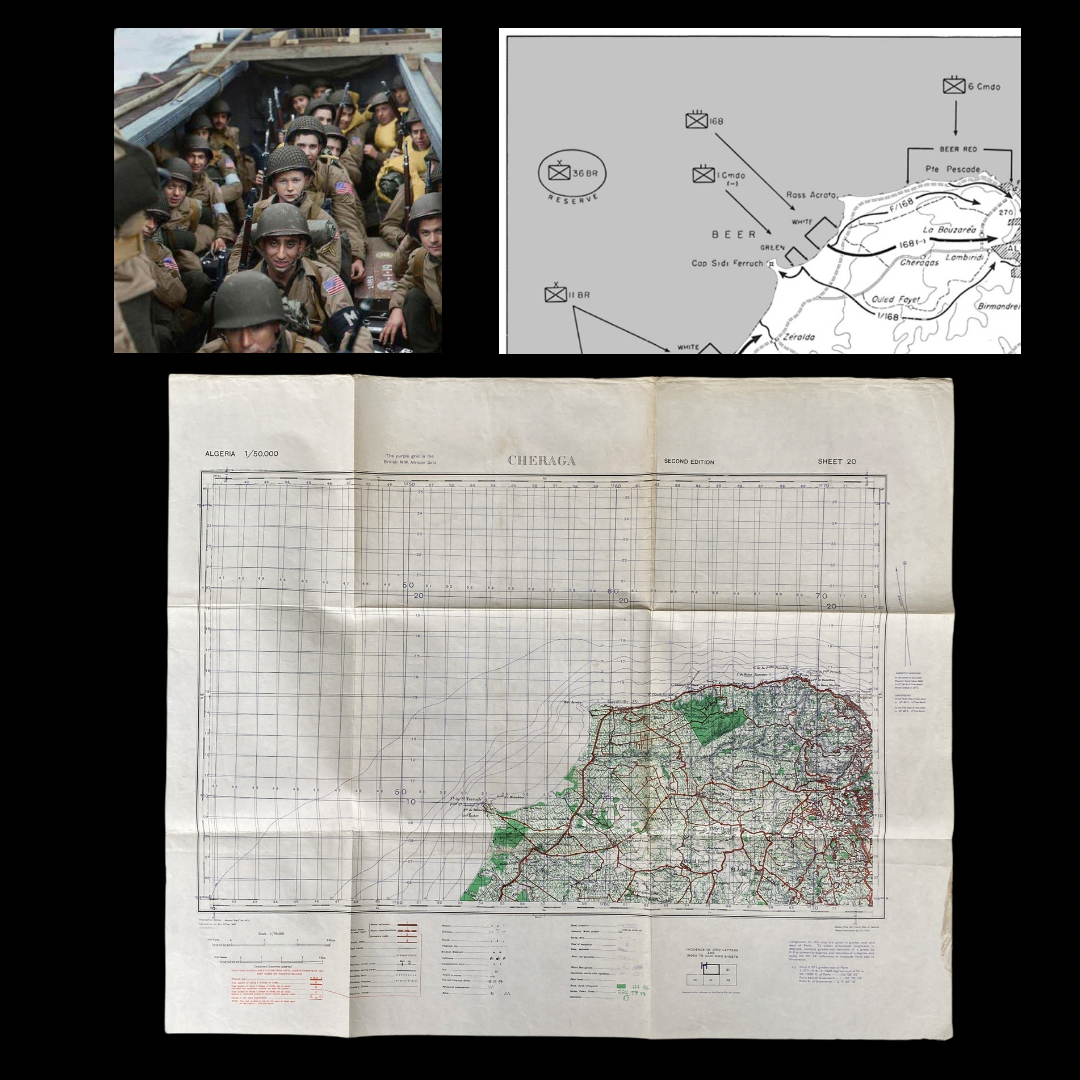
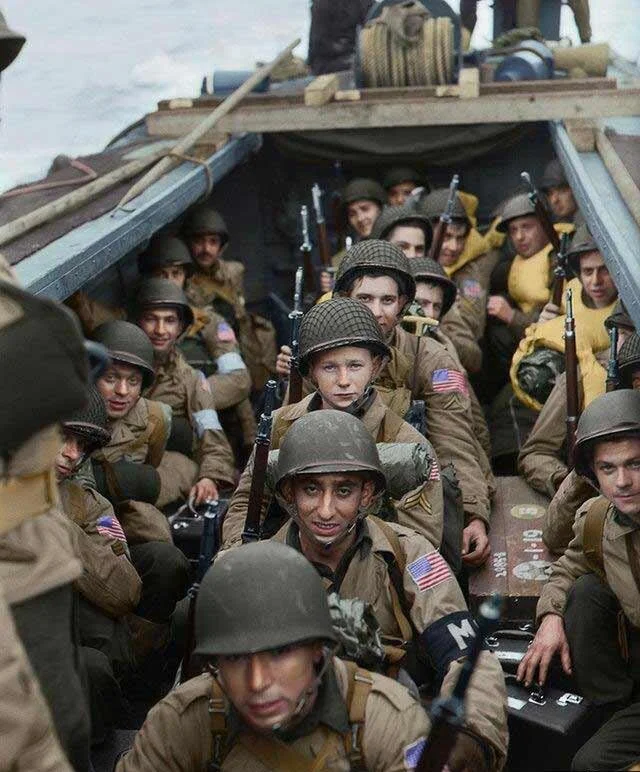








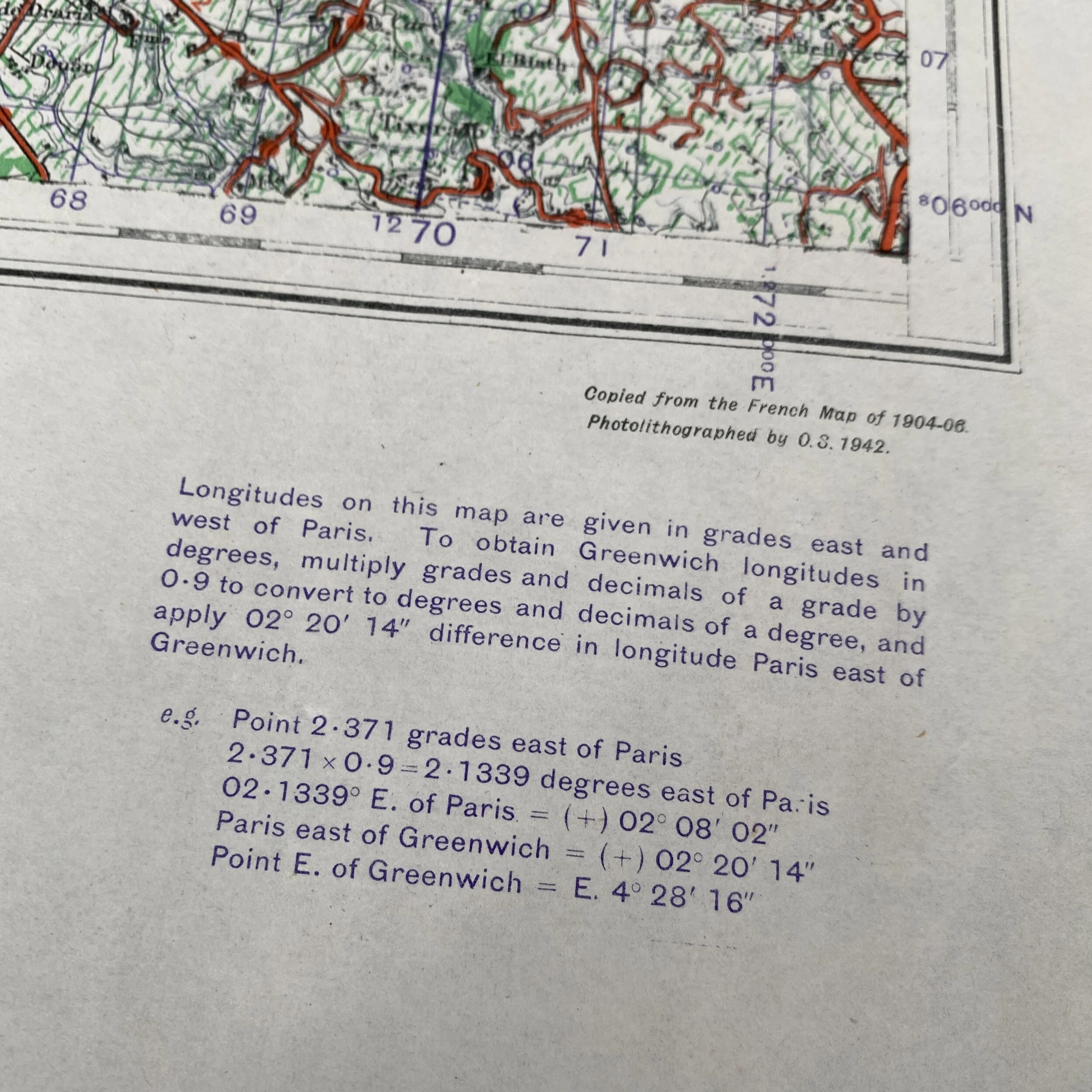
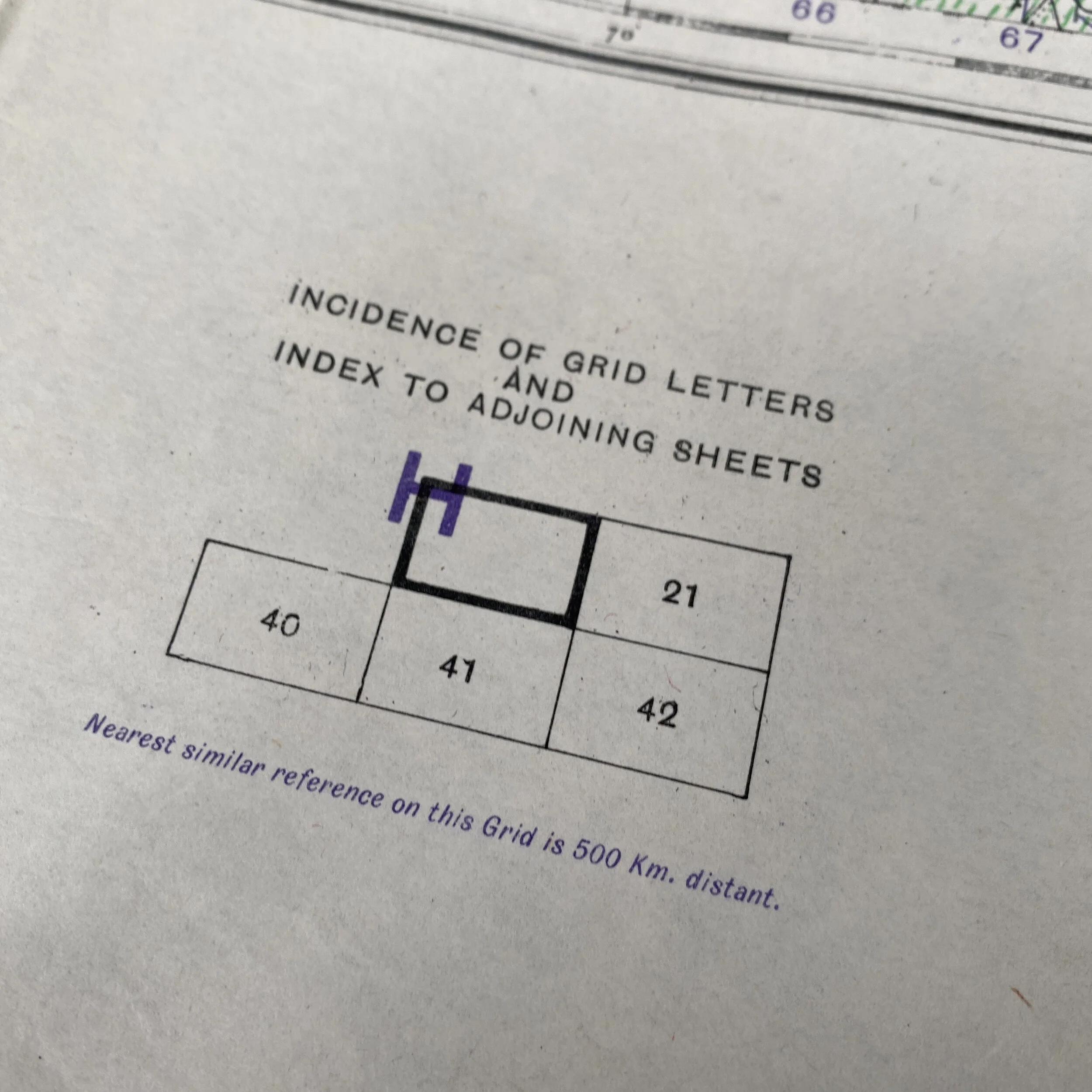


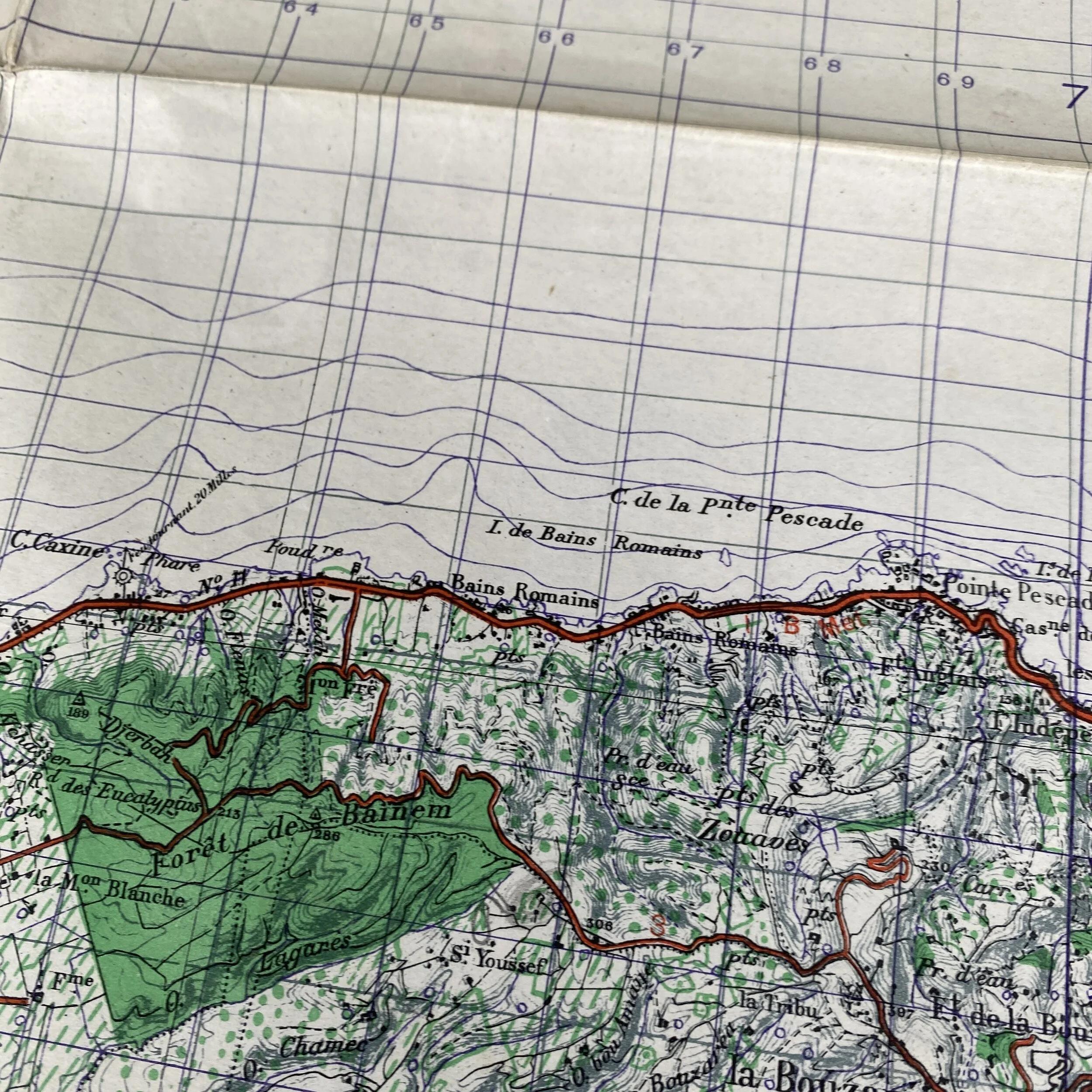


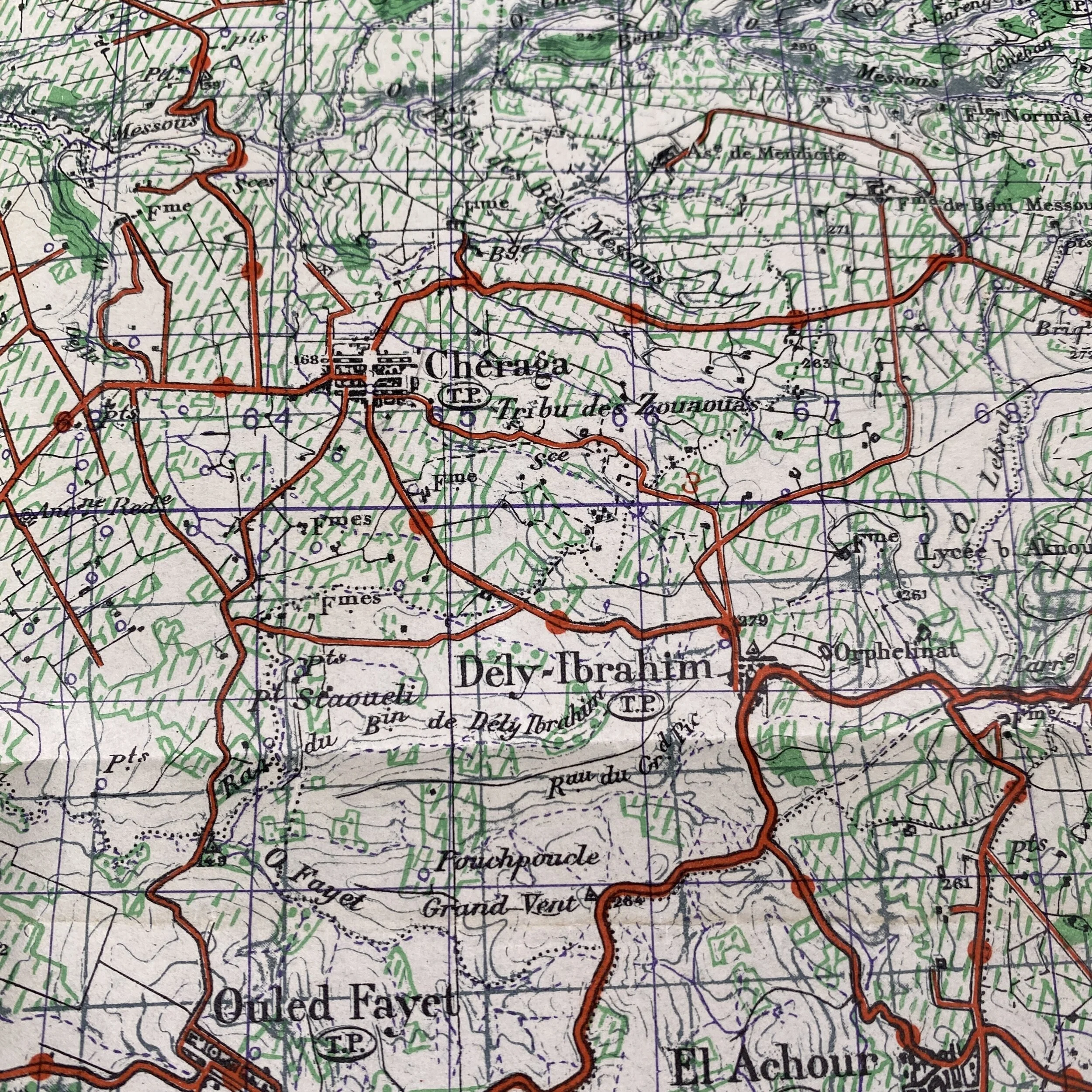
WWII 1942 D-Day Operation Touch "Beer Beachheads" Eastern Task Force Amphibious Landing Invasion Map
This original ‘SECOND EDITION’ 1942 dated map is titled ‘Alger’ and shows the coastal region of one of the most infamous amphibious landings of Operation Torch. This map shows the amphibious landing beaches designated as “BEER BEACHES” landed on by the 168th Infantry (34th Division Combat Team) as well as the 1st Commando and 6th Commando detachment. This map shows BEER RED (6th Commandos), BEER WHITE (168th Infantry), and BEER GREEN (1st Commandos). The Beer Sector fronted this higher hill mass. Beach Beer GREEN on the west extended along the bay from the eastern side of Cap Sidi Ferruch headland. Beer WHITE was near the center of the shore between Cap Sidi Ferruch and Rass Acrata point. Beer RED had four distinct sections separated by points and bluffs, at Cap Caxine, Pointe Pescade, and near St. Eugène. Two major overland routes from the Beer Sector to Algiers crossed from west to east. The first was a coastal road through small beach communities and along the cliffs, a distance from Cap Sidi Ferruch to Algiers of some sixteen miles. The second and shorter route ran through an abandoned Trappist agricultural community to the town of Cheragas, on a ridge about 600 feet above sea level, and thence through the fashionable suburb of Lambiridi (formerly known as El Biar) to the steep downward slope of the city's western edge. Two secondary roads, one leading from Beer WHITE to Bouzarea and the other from Beer GREEN via Ouled Fayet, flanked the short route. These routes were accessible over fairly easy slopes partly covered with vineyards, but Beer RED's four sections offered only small footholds at the base of high steep slopes and were chosen because they were near coastal batteries on the heights above them.
The 168th Combat Team (Col. John W. O'Daniel) of 4,355 Americans and 1,065 British, to which part of the 1st Commando and all of the 6th Commando (British and American) were attached, began landings west of Algiers at 0100 under control of Capt. R. J. Shaw (RN), senior naval officer landings, on the Keren. Some 900 officers and enlisted men of the Commando units left the Otranto and the Awatea for various points along the coast from Cap Sidi Ferruch to the northwest corner of the bay of Algiers. Landing on Beer GREEN, five troops of the 1st Commando were expected immediately to capture Fort de Sidi Ferruch and secure the defense installations there. Using the "scramble" beaches of Beer RED, beaches which were to be swiftly crossed and not organized for protracted use and defense, the 6th Commando (ten troops) had orders initially to seize Fort Anglais, Fort Independence, the infrared stations at Rass Acrata and Cap Caxine, and then to take Fort Duperré and an observation station at Point 270.7 They were thus to silence the coastal batteries which menaced the waiting ships offshore. At the same time, the first infantry units were to land, assemble, reorganize, and prepare to advance inland.
The 11th Infantry Brigade Group's initial missions were to seize control of two key bridges on the coastal road east of Apples WHITE and to establish southern flank protection for the Beer Sector along roads from Castiglione through Koléa to Bir Touta. North of this road rose the green-clad heights at the edge of the broad Mitidja plain. From the vicinity of Bir Touta and the quiet elevations of Dovera, a health resort, the force was to be ready to move into Algiers, if needed, or southwest about fifteen miles to Blida to support an attack on the airdrome there.
The larger proportion of enemy troops and coastal guns lay in Beer Sector, to which an Allied force of 10,421 officers and enlisted men was brought on five troopships (Keren, Winchester Castle, Otranto, Sobieski, and Awatea) and ten cargo vessels. The Palomares was to furnish antiaircraft protection. The monitor Roberts and the destroyers Blyskavica and Wilton were designated for fire support. Troops of the reinforced 168th Infantry (34th Division Combat Team) were expected to move from Beer GREEN to seize Fort de Sidi Ferruch and capture its guns and infrared installations, from Beer WHITE to gain control of a warning device on the projection of Rass Acrata, and from the separate sections of Beer RED to capture similar installations on Cap Caxine and Point 270, and to occupy the battery at Fort Duperré. While some elements were engaged in these missions at the coast, others were to press inland through Cheragas to the heights of La Bouzaréa, almost 1,500 feet above sea level, and thence down into Algiers. Many key points in the city and the port were designated for swift seizure.
* Please see below for a full review of the detailed landing/beachheads this map shows.
Operation Torch:
The Allied invasion of French North Africa in November 1942 was intended to draw Axis forces away from the Eastern Front, thus relieving pressure on the hard-pressed Soviet Union. The operation was a compromise between U.S. and British planners as the latter felt that the American-advocated landing in northern Europe was premature and would lead to disaster at this stage of the war.
The operation was planned as a pincer movement, with U.S. landings on Morocco’s Atlantic coast (Western Task Force—Safi, Fedala, Mehdia–Port Lyautey) and Anglo-American landings on Algeria’s Mediterranean coast (Center and Eastern task forces—Oran, Algiers). There was also a battalion-sized airborne landing near Oran with the mission to seize two airfields. The primary objective of the Allied landings was to secure bridgeheads for opening a second front to the rear of German and Italian forces battling the British in Libya and Egypt. However, resistance by the nominally neutral or potentially pro-German Vichy French forces needed to be overcome first.
After a transatlantic crossing, the Western Task Force effected its landings on 8 November. A preliminary naval bombardment had been deemed unnecessary in the vain hope that French forces would not resist. In fact, the initially stiff French defense caused losses among the landing forces. However, by 10 November, all landing objectives had been accomplished and U.S. units were poised to assault Casablanca, whose harbor approaches were the scene of a brief, but fierce, naval engagement. The French surrendered the city before an all-out attack was launched.
The Center Task Force, composed from assets based in the United Kingdom, also encountered resistance by French shore batteries and ground forces to its 8 November landings. Vichy French warships undertook a sortie from Oran’s port, but were all either sunk or driven ashore. After an attempt to capture the port facilities failed, heavy British naval gunfire brought about Oran’s surrender on 9 November.
Operations of the Eastern Task Force (also arriving from Britain) were aided by an anti-Vichy coup that took place in Algiers on 8 November. Thus, the level of French opposition at the landing beaches was low or non-existent. The only serious fighting took part in the port, where U.S. Army Rangers were landed to prevent the French from destroying facilities and scuttling ships. Resistance had been overcome by the evening of 10 November, when the city was surrendered to the U.S. and British forces.